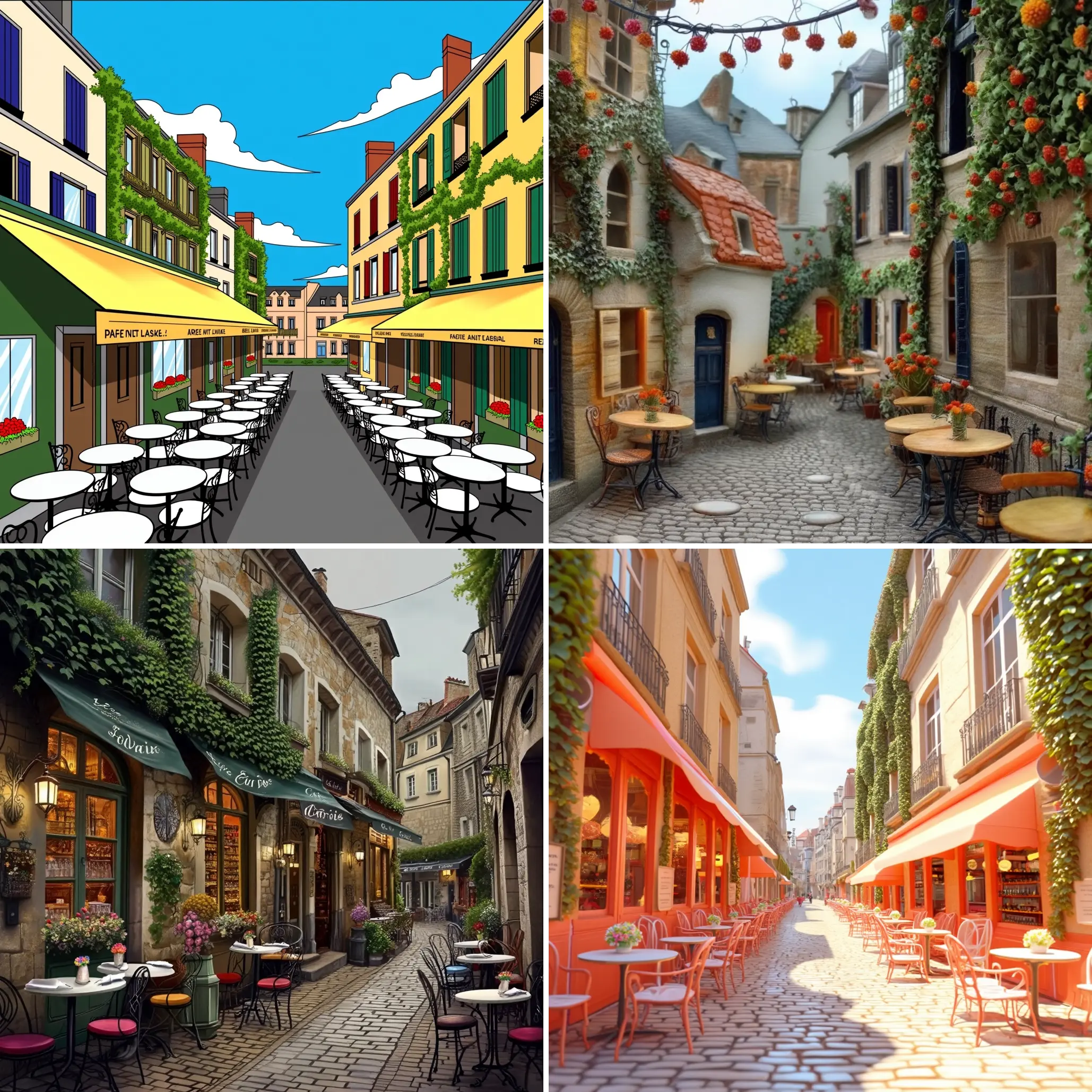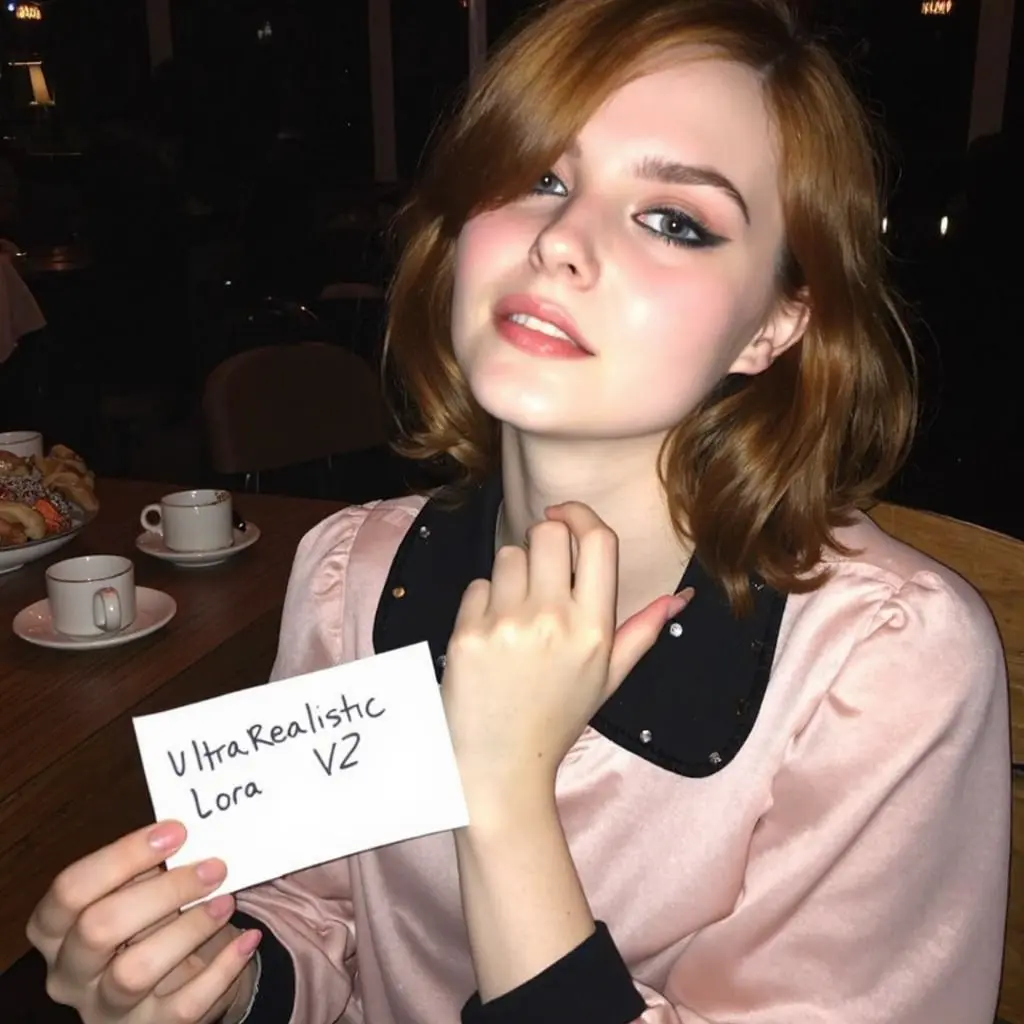ComfyUI Node: CameraPoseVideo
CameraPoseVideo
CategoryDust3r
chaojie (Account age: 5157days) Extension
ComfyUI-dust3r Latest Updated
2024-05-22 Github Stars
0.02K
How to Install ComfyUI-dust3r
Install this extension via the ComfyUI Manager by searching for ComfyUI-dust3r- 1. Click the Manager button in the main menu
- 2. Select Custom Nodes Manager button
- 3. Enter ComfyUI-dust3r in the search bar
Visit ComfyUI Online for ready-to-use ComfyUI environment
- Free trial available
- 16GB VRAM to 80GB VRAM GPU machines
- 400+ preloaded models/nodes
- Freedom to upload custom models/nodes
- 200+ ready-to-run workflows
- 100% private workspace with up to 200GB storage
- Dedicated Support
CameraPoseVideo Description
Facilitates camera pose extraction and manipulation from video data using advanced computer vision techniques for AI artists.
CameraPoseVideo:
The CameraPoseVideo node is designed to facilitate the extraction and manipulation of camera poses from video data, providing a robust framework for AI artists to integrate camera motion into their creative projects. This node leverages advanced computer vision techniques, such as the Perspective-n-Point (PnP) algorithm, to accurately determine the position and orientation of a camera in 3D space based on input video frames. By doing so, it enables the seamless integration of virtual elements into real-world footage, enhancing the realism and depth of AI-generated content. The node is particularly beneficial for projects that require precise camera tracking and motion synthesis, offering a streamlined approach to achieving professional-grade results without the need for extensive technical expertise.
CameraPoseVideo Input Parameters:
pts3d
This parameter represents the 3D points extracted from the video frames, which are used to calculate the camera's position and orientation. The accuracy of these points directly impacts the precision of the camera pose estimation. There is no explicit minimum or maximum value, but a higher number of accurate points generally leads to better results.
focal
The focal length of the camera, which is crucial for determining the camera's field of view and depth perception. If not provided, the node will attempt to estimate it using a range of tentative values. The focal length should be set according to the camera's specifications for optimal results.
msk
A mask indicating which 3D points should be considered for the pose estimation. This helps in filtering out noise and irrelevant data, ensuring that only the most reliable points are used. The mask should have at least four valid points for the PnP algorithm to function correctly.
device
Specifies the computational device (e.g., CPU or GPU) to be used for processing. This parameter can impact the speed and efficiency of the node, with GPUs generally offering faster performance.
pp
The principal point of the camera, typically the center of the image. If not provided, it defaults to the center of the image dimensions. Accurate specification of the principal point can enhance the precision of the pose estimation.
niter_PnP
The number of iterations for the PnP algorithm, which affects the convergence and accuracy of the pose estimation. A higher number of iterations can lead to more accurate results but may increase processing time. The default value is 10.
CameraPoseVideo Output Parameters:
best_focal
The estimated or confirmed focal length that provided the best results during the pose estimation process. This value is crucial for understanding the camera's field of view and ensuring that virtual elements are correctly integrated into the video.
camera_pose
The transformation matrix representing the camera's position and orientation in 3D space. This matrix is essential for aligning virtual objects with the real-world footage, allowing for seamless integration and interaction.
CameraPoseVideo Usage Tips:
- Ensure that the 3D points (
pts3d) are accurately extracted and cover a wide area of the scene for better pose estimation results. - Use a mask (
msk) to filter out unreliable points, especially in scenes with significant noise or occlusions. - If the focal length is unknown, allow the node to estimate it by providing a range of tentative values, but verify the results for consistency.
CameraPoseVideo Common Errors and Solutions:
"Not enough points for PnP"
- Explanation: The mask does not contain at least four valid 3D points, which are necessary for the PnP algorithm to function.
- Solution: Ensure that the mask includes at least four reliable points and that the 3D points are accurately extracted from the video frames.
"PnP algorithm did not converge"
- Explanation: The PnP algorithm failed to find a solution within the given number of iterations.
- Solution: Increase the
niter_PnPparameter to allow more iterations for the algorithm to converge, or verify the accuracy of the input data, such as the 3D points and focal length.
CameraPoseVideo Related Nodes
RunComfy is the premier ComfyUI platform, offering ComfyUI online environment and services, along with ComfyUI workflows featuring stunning visuals. RunComfy also provides AI Playground, enabling artists to harness the latest AI tools to create incredible art.





